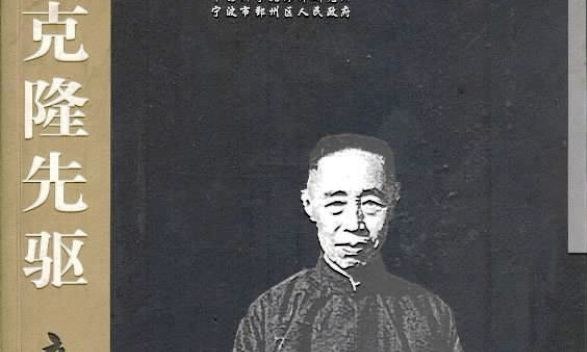Tong, a Chinese embryologist and developmental biologist, was born in Yinxian, Zhejiang Province on May 28, 1902. He graduated from Shanghai's Fudan University in 1927 with a degree in psychology and received a PhD in 1934 from the Free University of Brussels. Tong was successively professor, researcher and leader of Shandong University, Institute of Oceanology of Chinese Academy of Sciences (CAS), Institute of Zoology of CAS, director and vice-president of the Biology Division of CAS and vice-president of the Chinese People's Political Consultative Conference (CPPCC). He joined the CPC in 1978.
One of Tong's greatest contributions was his experiment on the growth of amphioxus conducted in the 1950s and 1960s. He had imagined fish breeding through nucleolus transplanting, that is, to combine the advantages of two kinds of fish which cannot be hybridized and let them pass on the changes through inheritance, which provided a new possible way for animal breeding. His studies on sea squirts made mainly before the 1950s proved that some organs in embryonic development stage were alterable, drastically changing existing scholarly thinking in this regard. His experimental research on early development of fish conducted in the 1940s and early 1950s also demonstrated the flow of bioplasm in a fertilized fish ovum and proved that its organizational center had been set up soon after the fertilization. This is of universal significance in the development of vertebrates. During this period, he also studied the movement of cilia of amphibian embryos, claiming the dependence of cilia on mesoblast, which might exert its influence on cilia movement through producing chemical substances. This was his research in the polarity of embryonic organs.
Entering the 1970s, Tong began to use biochemical methods in studying karyoplasm relations. Together with others, he also investigated the enticing role of nucleic acid on fish, making a lot of achievements and publishing many papers. All his work followed one line: to explore the role of cytoplasm in character heredity by comparing the structures of an ovum before and after fertilization and following the relationship between cytoplasm and karyon in development.

